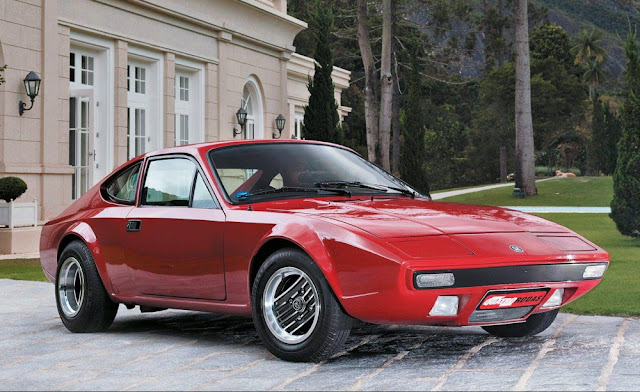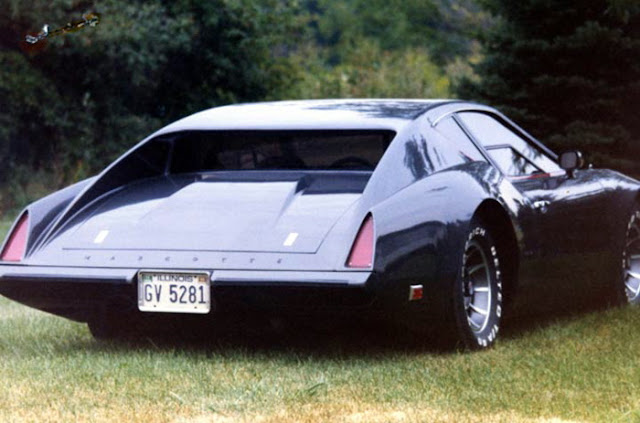All in the Family
Among South American car builders, the name Rino Malzoni stands apart in its renown. Having created the original DKW/Malzoni GT as well as Brazil's most famous domestic marque, Puma, his reputation was well deserved. However, the last car to wear the family name was actually the creation of his son Francisco "Kiko" Malzoni.
Remarkably, Kiko was only 20 years old when he took on the project. His father had sold his interest in Puma but still retained molds for some of the company's creations including the Puma GT-4R, which was created as part of a "contest" promoted by Brazilian magazine "Quattro Rodas". These molds would become the basis for Kiko's new sportscar. This new body would be created with the help of Antônio Pereira, owner of Polyglass, who produced the Woody dune buggy.
While sharing some "visual DNA" with many of his father's products, the new car would add a bit of modern panache in its styling. It would have gently flared wheel arches and a crisp fender line that terminated in a pointed nose, featuring concealed pop-up headlamps and an integrated chin spoiler. Its aesthetic influences included the Maserati Khamsin and Ferrari 365GTC, but it was not wholly derivative by any means.
It would also boast an elegantly upholstered interior with electric windows counted among its many luxury appointments. Under the same name of his father’s first car, "Malzoni GT", Kiko’s automobile was equipped with a 1,600 cm³ air-cooled engine sourced from Volkswagen. But more than half of the customers would opt for changes, such as increasing the displacement up to two liters, sportier carburetors, and cams.
 |
| The Malzoni GT |
At Rino’s insistence, the car was shown at the São Paulo Auto Show, at the end of 1976. Kiko, who did not expect to make more than a few units, was surprised at how many people showed interest in the car. Without knowing exactly what to do, he fixed its price at 200,000 cruzeiros, twice the price of a Bianco GT, and asked an advance of 50 thousand for those interested in ordering it. To his surprise, at the end of the show, no less than 25 cars had been ordered.
He was not prepared to meet such demand so to be able to fulfill the orders, Kiko set a deal with Jorge Letry, who had established a fiberglass lamination company. The first bodies were made there. Other parts and the chassis shortening were made by Chiquinho Lameirão and the mechanic Miguel Crispin. When Letry’s company closed, the production was transferred to Araraquara.
 |
| The Malzoni GT, as built by the Marquez brothers |
This new Malzoni GT would be produced under Kiko's supervision until 1978, when the venture was sold to family friends Luiz and José Marquez who paid a handsome sum for the facilities and tooling. Unfortunately, José Marquez was killed in a car accident. Although his brother tried to keep the manufacturing going for some time, it was eventually discontinued.
Roughly 25 or 30 examples were manufactured, between Kiko Malzoni and the Marquez brothers, with an additional convertible version being made years later by a company called Akamine in 1987. That version was sold as a kit, though production figures have proven hard to find.
Nonetheless, despite so few being made, the car represented a worthy end to the car building legacy of the Malzoni family. A fitting tribute to its namesake.















Comments
Post a Comment